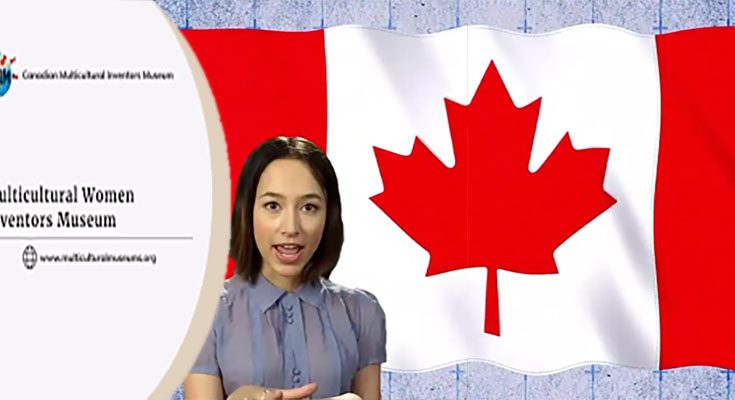There are many Canadian female inventors, but they are often overlooked and invisible. Today, there are only 21 contemporary Canadian female inventors. These women are often in unusual occupations and reluctant to admit they are inventors. While the male inventor is often considered talented and eccentric, women don’t always accept the negative stigma of being an inventor. Even women’s spouses and children often dismiss their attempts at invention. Here are some interesting examples of Canadian female inventors.
Mona Nemer
When she was first invited to apply for a professorship at the University of Ottawa, Mona Nemer was already a professor at the University of Montreal and an established cardiac scientist at the Clinical Research Institute. But in 1976, civil war broke out in Lebanon, and she had to flee. In Canada, she joined the chorus of university administrators who have long pushed the federal government to increase its support for science.
The government of Canada is recognizing the importance of science, but many scientists felt shortchanged in the 2019 budget. Mona Nemer is one of Canada’s chief science advisers and has been in the position for about a year. She has helped to change that. Nemer’s work in cardiac research has been highlighted by the Canadian Academy of Engineering. Her patent applications have already received international acclaim.
Nada Jabado
Dr. Nada Jabado, a Canadian female inventor, has made strides in advancing the field of genetics and biotechnology. She has over 150 peer-reviewed publications to her name, including numerous articles in Nature Genetics and Science. Her research has also been featured in the pages of the journals Cancer Cell and Science. She is the recipient of multiple awards, including the Fellow of the Royal Society of Canada in the Life Sciences Division.
Dr. Jabado is an internationally recognized expert on childhood brain cancers. Her work has improved the treatment of astrocytomas, a type of cancer that affects the brain. She has received several awards for her work, including the Canadian Gene Cure Foundation’s Champions of Genetics award and the William E. Rawls Prize. She was also inducted into the Royal Society of Canada. Her work has been acknowledged by the World Health Organization, which recently updated its classification of central nervous system tumors.
Margaret Laurence
Margaret Laurence, Canadian female inventors, is known for her outspoken support of progressive causes. Her fictional autobiography, The Prophet’s Camel Bell (1963), is a powerful portrayal of the life and struggle of a young woman attempting to make it in a male-dominated world. In the novel, Morag Gunn creates her own identity out of cultural materials, but her foster father fulfils Laurence’s myth of national identity.
Born in Neepawa, Manitoba, Laurence was an avid reader and expressed a desire to write in her early years. After graduating from Winnipeg’s United College in 1947, Laurence married John Fergus “Jack” Laurence, who had worked in Ghana as a hydraulic engineer. In 1954, Laurence began translating African legends and poetry into English. Her life as a writer began, as she was increasingly inspired by her husband’s work in Ghana.





